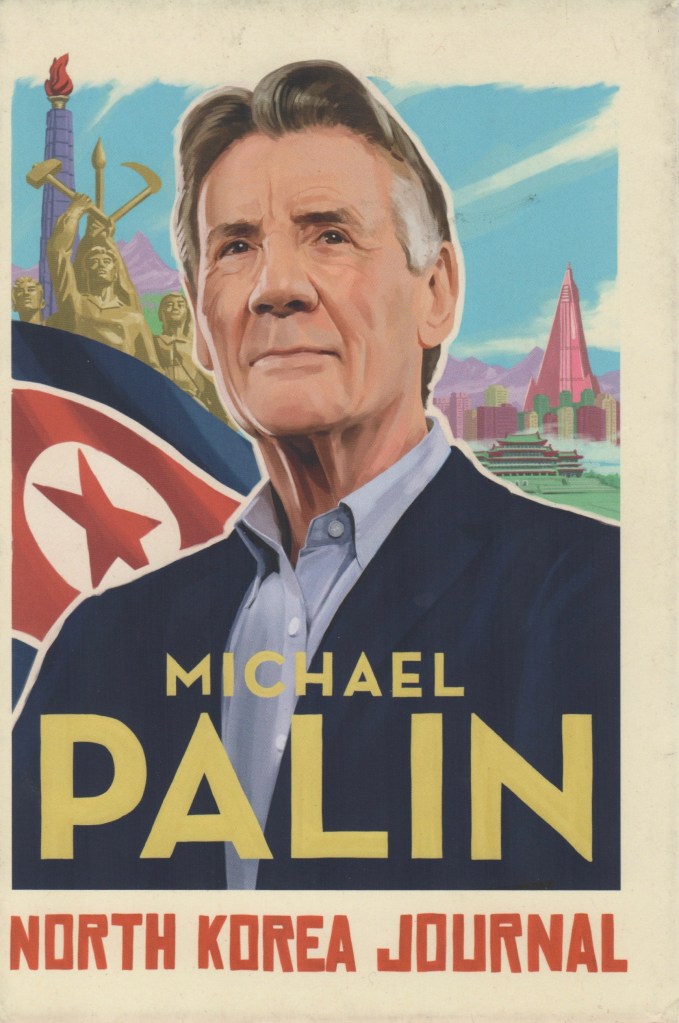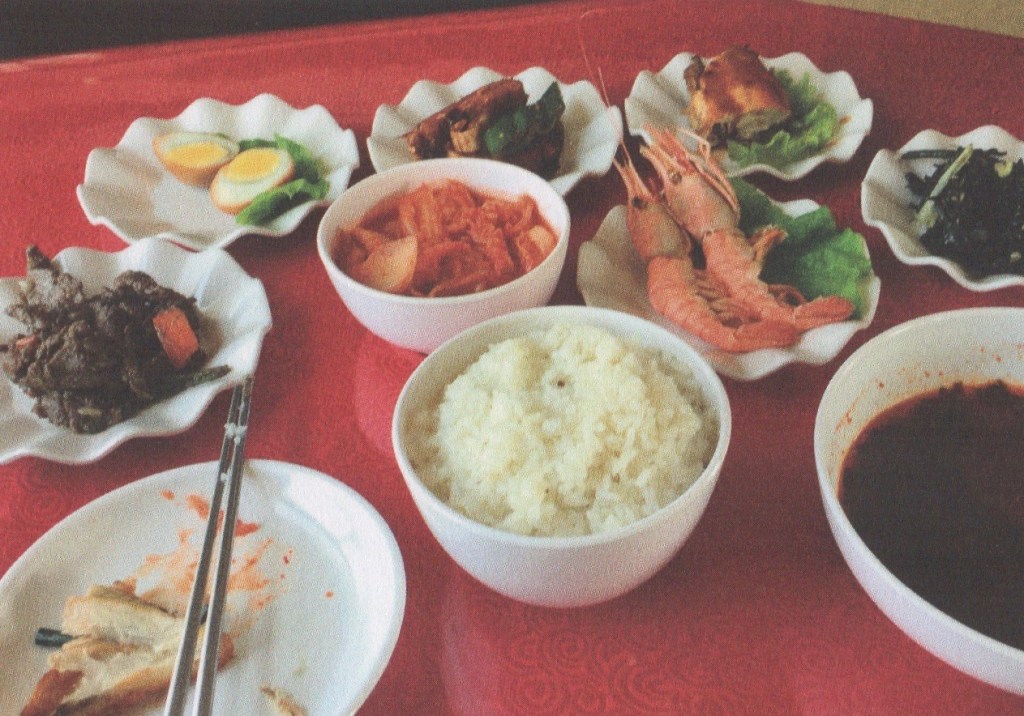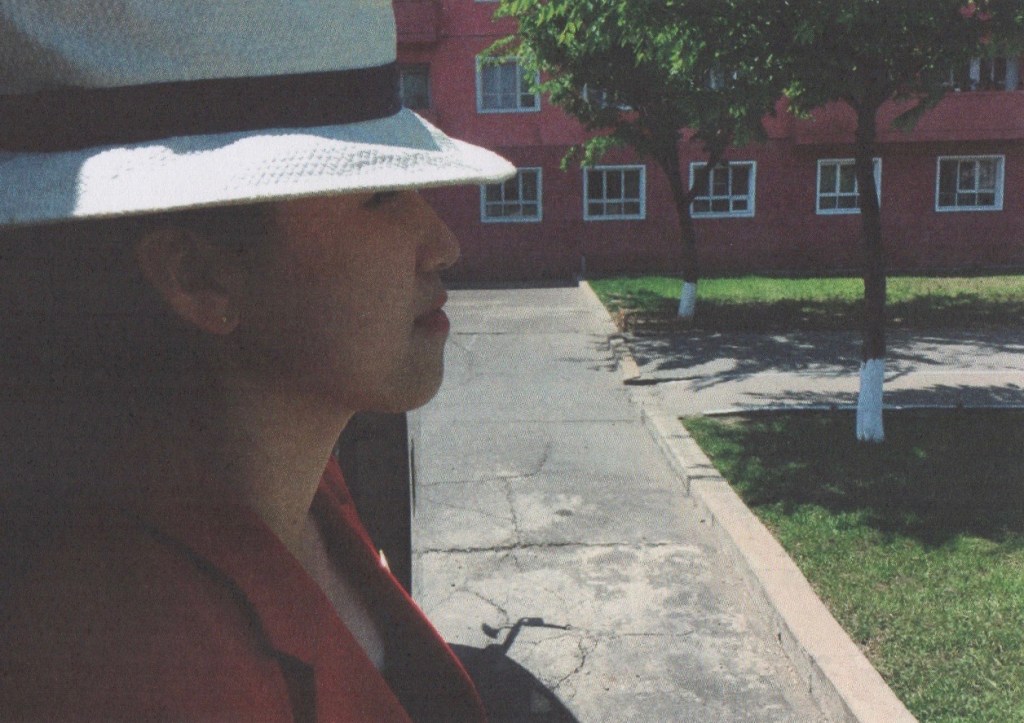Simanaitis Says
On cars, old, new and future; science & technology; vintage airplanes, computer flight simulation of them; Sherlockiana; our English language; travel; and other stuff
NORTH KOREA TRIPPIN’
ARMCHAIR TRAVEL CAN be enlightening and entertaining. To wit, Michael Palin’s North Korea Journal. British polymath Palin is a member of the Monty Python comedy group and is also a TV presenter with a number of travel documentaries.

Back in 2018, he presented a two-part documentary on British Channel 5 about visiting the Democratic People’s Republic of Korea. Michael followed this up with a highly readable account in his North Korea Journal.

Michael notes in the book’s Introduction, “The DPRK, so long portrayed as a secretive grump of international politics, was embarking on what used to be called a ‘charm offensive.’ Not only were they sending a team to the Winter Olympics in South Korea, but in a very canny move, they had also decided to dispatch Kim Yo Jong, the photogenic sister of Kim Jong Un, to stand behind the robotic US Vice President Mike Pence at the said Olympics, demonstrating at a stroke that the grumps were in Washington, not Pyongyang.”
Here are other tidbits of Michael’s 15-day adventure.
A Tasty Repast. “I wash it all down with a cold beer,” Michael said. “It reminds me of what dining cars used to be like in England, and can no longer be bothered to be.”

Badges for Everyone; Party Membership Rather More Limited. “One thing that is uniform is the discreet party badge that everybody, man or woman, regardless of status, wears on their left-hand side, over the heart. The badges carry the likeness of the two senior, now deceased, Kims—Il Sung and Jong Il—smiling against a backdrop of rippling flags.”
Michael continued, “These badges are worn by everyone from the age of fourteen upward, though it doesn’t necessarily denote that they are party members. Out of a population of some twenty-five million, only two million are full members of the Workers’ Party of Korea. I notice that one of my two designated on-camera guides, Li Hyon Chol, wears two badges, one on his jacket and one on his shirt in case he had to take his jacket off.”

No Need for Alarm Clock. “Where Are You, Dear General?” is the universal wakeup in Pyongyang. Michael observed, “Music is regarded as a very important element in party unity, broadcast from speakers across the city to motivate the masses, which is why it starts so early, and resounds across the city every hour on the hour until people are at work.”

The wakeup anthem honors Great Leader Kim Il Sung. What’s more, he and his son Kim Jong Il are revered in massive statuary. “I learn a number of lessons in the next couple of hours,” Michael said. “One is that the Great Leaders must only be photographed in their entirely. It is forbidden to show them in part or in close-up.”
Or from the rear, as he learned later: “My faux pas of the day is to take a photo of the Leader from behind. I want to get an all-around view of the impressive monument, sixty feet high and skillfully sculpted. But I’m sharply instructed to put my camera away and reminded, as I was in Pyongyang, that any image of the Leaders, apart from full-length, front-on, is considered deeply disrespectful.”
Perception of the Great Leaders. One of Michael’s minders was So Hyang (“in her late twenties, short, pale-skinned and neatly dressed in a skirt and tailored jacket”). “There can be no speculation or elaboration of the role of the Leaders,” Michael learns from her. “That would be to question the ‘single-hearted unity’ of the country.”
“I try another tack,” Michael wrote. “The Leaders are dressed very ordinarily. Is this deliberate?”
She shrugged off the implication. “They don’t want to look special,” she told Michael. “They are humble and simple.”
“And seventy-two feel tall,” Michael later wrote.
After Two Weeks. At the conclusion of Day 14, Michael noted, “Friendships grew, as did their curiosity about how we lived…. I’d show So Hyang photos of my family in London and she had talked about herself and her parents quite openly.”
“This morning as I was about to be filmed, I’d asked her to look after my panama hat. I told her that the best way of looking after it was to wear it.”

Michael continued, “Shyly at first she tried it on. After that, she was clearly reluctant to take it off. Out of the corner of my eye I caught her striking a pose, testing the new look in her reflection in the window of the minibus. That was when I knew at least something of me was destined to stay in North Korea.”
There’s a fascinating YouTube as well. However, I enjoyed reading North Korea Journal first, all the better to sense the adventure of assembling the documentary.
Through the help of Google Translate, 브라보 (“Bravo”), Michael! ds
© Dennis Simanaitis, SimanaitisSays.com, 2022
